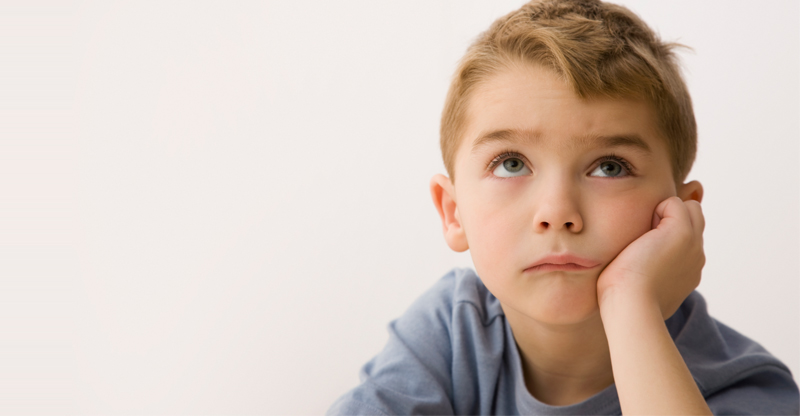Mental health disorders in children
According to the National Institute of Mental Health (1), one in five children are currently managing a mental health diagnosis or will be diagnosed before age 18. But what do mental health disorder symptoms look like? As an adult, you may wonder: When are children “just being kids” and when is it important to pay attention?
Mental health disorders in children impact daily activities and symptoms impact various areas of life including home, school, and peer interaction.
Common disorders
The National Institute of Mental Health lists the most prominent mental health disorders seen in children. These include:
- Depression
- Anxiety disorders
- OCD
- PTSD
- Phobias
- Attention deficit/hyperactivity disorder
- Autism spectrum disorders
- Eating disorders
- Mood disorders
- Schizophrenia
Causes
- Family history
- Trauma
- Brain development and chemical makeup
Symptoms
Mental health disorder symptoms may look different in children compared to adults (2).
Irritability vs. sadness
Children experiencing depression may show signs of irritability rather than sadness (which is more prominent in adults). This can be due to the level of emotional development in children compared to adults.
Physical vs. emotional
Physical symptoms are also reported more often than emotional symptoms. Children may complain of stomachaches rather than feeling anxious or sad. Again, this can be due to brain development in a child compared to adults.
Health care providers including PCPs, specialists, psychiatrists, mental health counselors, etc. evaluate the symptoms severity and duration. How severe and how long a child has shown symptoms will help a health care professional determine a diagnosis.
Because mental health disorders may look different in children, the National Institute of Mental Health suggests connecting with other adults (teachers, caregivers, etc.) to evaluate behavior in different environments. A key component to distinguishing “childhood behavior” and a mental health diagnosis is similar behaviors and symptoms regardless if the child is at home, school, etc.
Evaluation and treatment
Talk with a doctor
Being able to talk with a doctor is the first step to treating and managing mental health disorders in children. A health care professional can work with you on a treatment plan that works best for your child.
Discuss evidence-based treatments
Research suggests that psychotherapy and medication are the most common and effective treatments for mental health disorders in children and adults.
- Therapy
Many different types of therapy have been shown to be effective in managing mental health disorders, including CBT (cognitive-behavioral therapy), behavior modification therapy, talk therapy, and family therapy. Talk with your child’s health care provider for more information. - Medications
Medications impact a child’s brain development. Discuss benefits and risks of medication versus alternative treatment options. If medication is prescribed for a child with a mental health disorder, the child should be monitored closely and frequently.
Children who experience a mental health diagnosis are able to manage the disorder through education, therapy, possible medication, and support from family members and caregivers. It is important to stay connected with health care professionals, educate yourself on your child’s diagnosis, be present during conversations with your child about their experience, and practice self-care.
References:
- National Institute of Mental Health
https://www.nimh.nih.gov/health/statistics/prevalence/any-disorder-among-children.shtml
- Mayo Clinic




